 Old Banco de São Paulo building (Praça Antônio Prado, 9)
Old Banco de São Paulo building (Praça Antônio Prado, 9)Inaugurated: 1938
Architect: Álvaro de Arruda Botelho
More info (Portuguese)
Photo: by J Felipe @ Flickr
 Old Banco de São Paulo building (Praça Antônio Prado, 9)
Old Banco de São Paulo building (Praça Antônio Prado, 9) Bohn Aluminium advertisement by Arthur Radebaugh
Bohn Aluminium advertisement by Arthur Radebaugh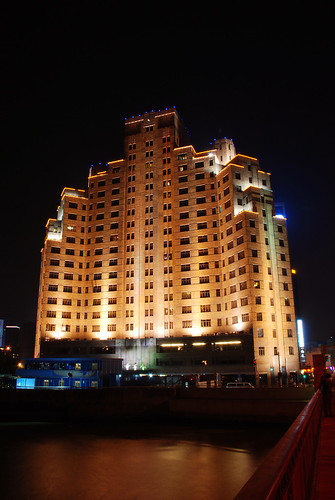 Broadway Mansions Hotel
Broadway Mansions Hotel This one-off Hispano-Suiza was commissioned by Andre Dubonnet in 1937 to showcase his company's latest suspension development. Andre Dubonnet was an accomplished aviator and racing driver. The Dubonnet family had amassed a fortune from the aperitifs and cognacs that continue to bear the family name.
This one-off Hispano-Suiza was commissioned by Andre Dubonnet in 1937 to showcase his company's latest suspension development. Andre Dubonnet was an accomplished aviator and racing driver. The Dubonnet family had amassed a fortune from the aperitifs and cognacs that continue to bear the family name. The streamlined, aircraft inspired styling was done by aerodynamics expert Jean Andreau and Jacques Saoutchik crafted the body on a modified Hispano-Suiza H6B chassis. The car is equipped with unusual parallel-opening doors.
The streamlined, aircraft inspired styling was done by aerodynamics expert Jean Andreau and Jacques Saoutchik crafted the body on a modified Hispano-Suiza H6B chassis. The car is equipped with unusual parallel-opening doors.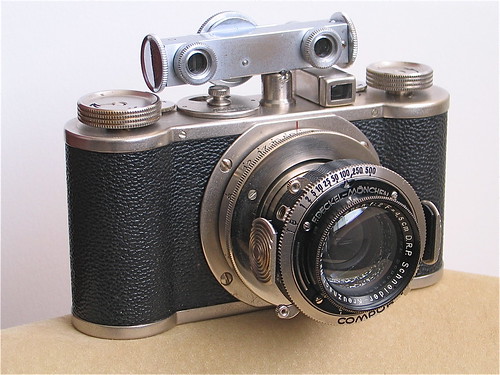 The Edinex viewfinder cameras for 35mm film were made by Gebr. Wirgin in Wiesbaden. The first model was certainly introduced in the mid-1930s. The same camera was also sold by Adox as the Adrette, released in the late 1930s.
The Edinex viewfinder cameras for 35mm film were made by Gebr. Wirgin in Wiesbaden. The first model was certainly introduced in the mid-1930s. The same camera was also sold by Adox as the Adrette, released in the late 1930s. Early Edinex, Schneider Xenon 4.5cm f/2, Compur-Rapid shutter.
Early Edinex, Schneider Xenon 4.5cm f/2, Compur-Rapid shutter. Philips radio model 834A
Philips radio model 834A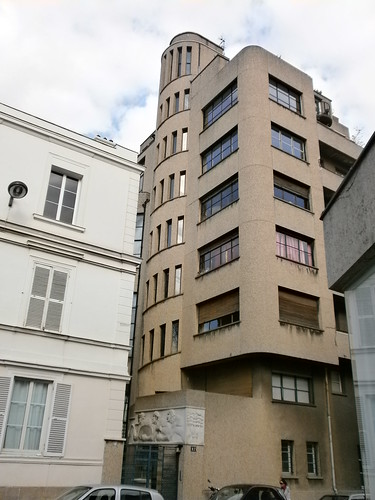 Apartment building in Paris XIVe
Apartment building in Paris XIVe Artist: 600v @ DeviantArt aka ixlrlxi @ LJ
Artist: 600v @ DeviantArt aka ixlrlxi @ LJ
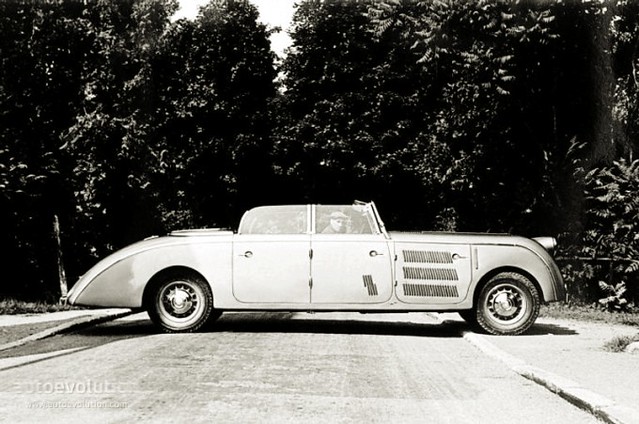 I don't know why the coachbuilders decided to imitate the Tatra 77 (three headlights, rounded nose, etc.)
I don't know why the coachbuilders decided to imitate the Tatra 77 (three headlights, rounded nose, etc.) Cine projector onboard the ANT-20 Maxim Gorki
Cine projector onboard the ANT-20 Maxim Gorki Benson & Rixon Co Department Store, Chicago
Benson & Rixon Co Department Store, Chicago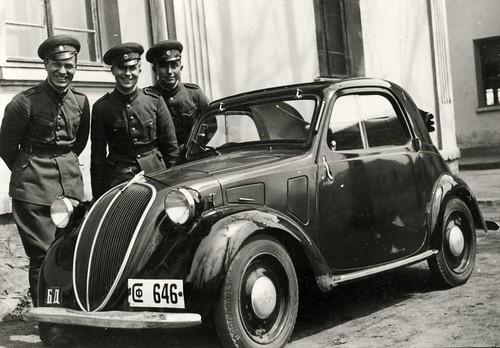 Fiat 500 Topolino requisitioned by the Bulgarian army
Fiat 500 Topolino requisitioned by the Bulgarian army La plaza de la Laprida, Buenos Aires
La plaza de la Laprida, Buenos Aires Built as Schocken department store in 1926-1928, this building was an icon of modern architecture and the trademark of its architect, Erich Mendelsohn.
Built as Schocken department store in 1926-1928, this building was an icon of modern architecture and the trademark of its architect, Erich Mendelsohn. Model X201 made in USA by the Pilot Radio Corporation, circa 1936. The design is attributed to Jan Streng, halfway between Streamlining and Art Deco.
Model X201 made in USA by the Pilot Radio Corporation, circa 1936. The design is attributed to Jan Streng, halfway between Streamlining and Art Deco.